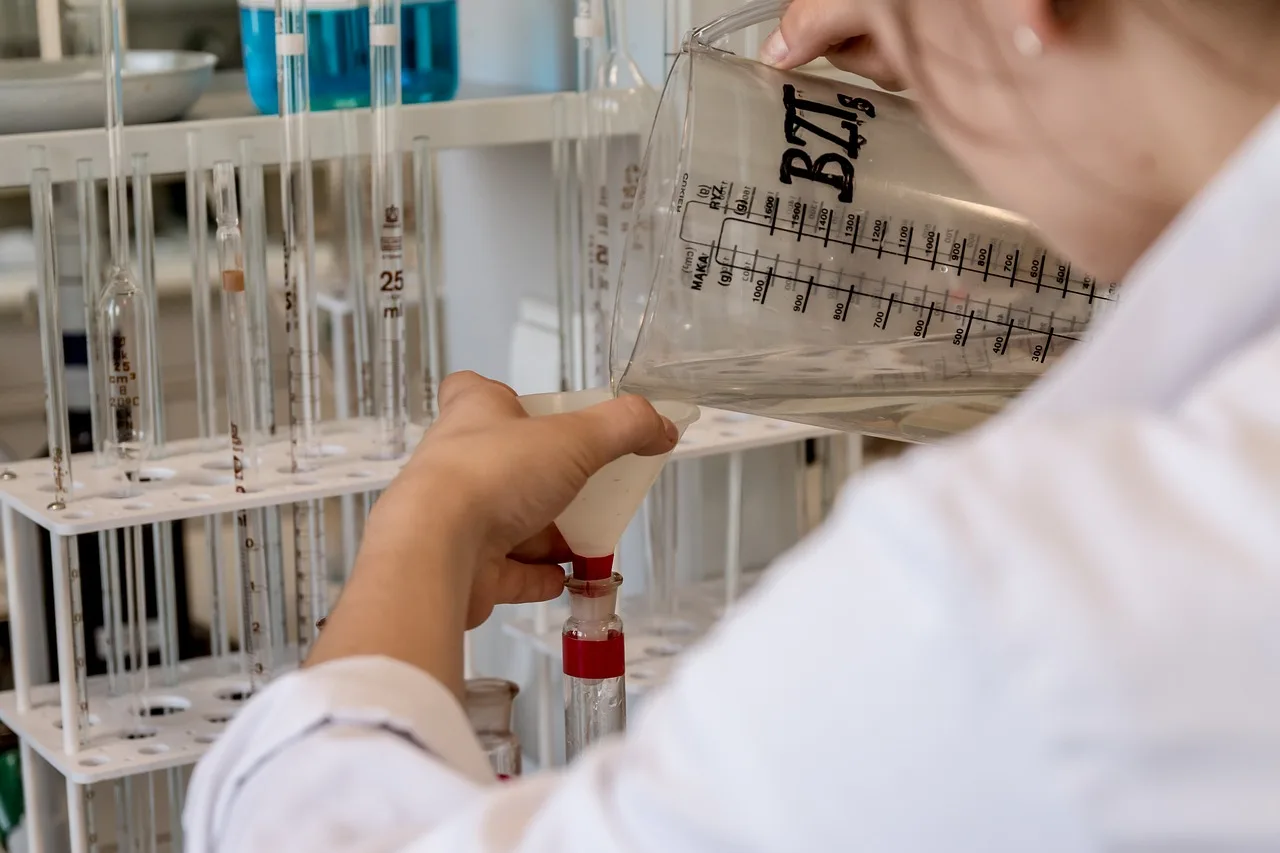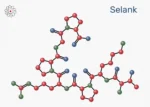Process for Peptide Purification
The purification process should be simple and have as few steps as possible to achieve purity. You can still get your targeted results even with two or more purification processes done right after another. One example is when ion exchange chromatography is used in alliance with reverse-phase chromatography. This may result in a highly pure product when completed.
The first step to be taken is the capturing step. This step may remove more than half of the impurities found in a synthetic mixture. The impurities that are eliminated are typically produced in the final deprotection stage of peptide synthesis. Those impurities are typically uncharged and are considered small due to their molecular weight.
If a higher purity level is needed, a second purification can be done as well to achieve the target purity. This second step is referred to as the polishing step. It may be effective when working with a complementary chromatographic principle.
Some multiple subsystems and units make up the system for peptide purification. These include:
1. Buffer Preparation Systems
2. Solvent Delivery Systems
3. Fraction Systems
4. Data Collection Systems.
*some columns and detectors could be pivotal.
The heart of the purification system is the column. The column’s features are vital to the effectiveness of the process. Columns have features made from glass or steel with static or dynamic compression modes. Any of those features can affect the outcome of the final purification. It is crucial that every purification practice is carried out following Good Manufacturing Practices (GMP), and priority is given to sanitation.
Purification Process Types:
1. Ion Exchange Chromatography (IEX)
The Ion Exchange Chromatography excels with different charges among peptides in a mixture. When peptides with opposite charges meet in a chromatographic medium, one charge begins to isolate. Columns and binds are what peptides are loaded into. So that bound substances are eluted differently, conditions are continuously changed. What is being manipulated during this is levels of salt concentration (which is used to elute the mixture) or the pH level. During the binding process, the peptide is concentrated and then collected in its purified form. This process has high resolution and high capacity as well.
2. Hydrophobic Interaction Chromatography (HIC)
Hydrophobicity is the principle; this purification process follows; the selected peptides will then isolate due to the interaction between a peptide and a hydrophobic surface of a chromatic medium. Due to this also being a reversible action, a peptide can be concentrated and purified. HIC could be an effective purification after a previous salt-in-elution (IEX) purification method. To do this, a high ionic strength buffer is needed to magnify the process. During this process, they bind together in a high ionic strength solution. As they bind, they are loaded onto columns. Following this, the salt concentration is decreased, which causes elution. This results in bound substances eluting differentially. Using ammonium sulfate is one way to implement this process typically. It is used to dilute samples on a reduced gradient. Ultimately, the peptide is collected in the final concentrated and purified form. HIC provides good levels of resolution and sample capacity.
3. Affinity Chromatography (AC)
The first note about Affinity Chromatography is that it offers high resolution and sample capacity. It isolates them by capitalizing the interaction between peptides and a particular ligand attached to a chromatographic matrix. The peptide then bonds to a ligand, cleaning the unbound material. One crucial piece of information to know about this binding is that it is reversible. This means the condition is changed to be more complementary to desorption. Desorption could also be performed specifically or not specifically. Specific desorption uses a competitive ligand, while nonspecific uses an altered pH, polarity, or ionic strength. Once that is completed, the peptide of choice is collected in its purified form.
4. Reversed Phase Chromatography (RPC)
This method separates peptides from contaminants by reversible interactions between the selected molecules and chromatographic mediums on a hydrophobic surface. This method also offers high resolution. The sample could then be loaded on columns or even bound together. After they have done one of these steps, the conditions are changed to the bound substances elute differently. The organic solvents and additional additives are needed for elution. Due to the reversed-phase metrics, initial bonding is considered to be strong. Typically, organic solvent concentration, known as acetonitrile, needs to be increased to achieve elution. The molecules are gathered through the binding process while in their pure form. Note this method is primarily used as a clean-up step with peptides and oligonucleotide samples. RPC is successful when working with analytical separations such as peptide mapping. It is still not the perfect method, as organic solvents can denature peptides. Thus, it is not always the preferred method as requirements may call for recovery of activity and the need to return the peptides to a correct tertiary structure.
5. Gel Filtration (GF)
This purification method can isolate peptides by taking advantage of the different molecular sizes between the chosen peptides and impurities. This method, however, is only used when dealing with small-volume samples. It does offer good resolution as well.
The Importance Of Following Good Manufacturing Practices
To ensure the final peptides are pure and high quality, researchers must follow the guidelines given by Good Manufacturing Practices (GMP). It is a requirement that chemical and analytical procedures that have been executed are properly documented. All testing, research methods, and specifications must be known and accepted before any work begins. This will promise that the process is reproducible and regulated correctly.
The requirements for the purification of peptide synthesis are careful and diligent. This is partly due to the step’s huge impact on the final results of the quality of the peptides. Crucial steps and parameters must be pinpointed, and limits must be set for those parameters. This is required to duplicate the process, and others could replicate these steps and produce the same results. Examples of the important parameters of the purification process include the following:
1. Column Loading
2. Flow Rate
3. Column Performance
4. Column Cleaning Procedures
5. Composition of Elution Buffer
6. Storage Time in Process
7. Pooling of Fractions
How To Rid Peptides Of Specific Impurities
The goal for synthesis is to have the purest peptide possible for researchers to use. A minimum of acceptable purity levels are welcomed and used for different research purposes. As an example, let us suppose a research study with a need for a high standard of purity (>95%). ELISA (or EIA test), on the other hand, has a minimal acceptability of >70% for measuring titers of antibodies. Therefore the minimum level is essential to attain.
It is also important to understand and know the types of impurities that can come forth along with their characteristics. This way, researchers know the most effective purification method as each situation differs.
Specific impurities during peptide synthesis can happen; These consist of:
1. Hydrolysis products of labile amide bonds
2. Deletion sequences generated in solid-phase peptide synthesis (SPPS)
3. Diastereomers
4. Insertion peptides and by-products formed during removal of protection groups
Other than impurities, polymeric forms of peptides may also occur. This transpires due to a byproduct resulting from the formation of cyclic peptides which have disulfide bonds. Therefore, the chosen purification process method must make certain to isolate the selected peptide while in a multifaceted mixture of compounds and impurities.
At Biotech Peptides, we adhere to the industry’s most stringent synthesis and purification practices. Through our dedication to these standards, our company is able to provide peptides that exceed 99% purity and are fit for any research application.
Disclaimer: The products mentioned are not intended for human or animal consumption. Research chemicals are intended solely for laboratory experimentation and/or in-vitro testing. Bodily introduction of any sort is strictly prohibited by law. All purchases are limited to licensed researchers and/or qualified professionals. All information shared in this article is for educational purposes only.






